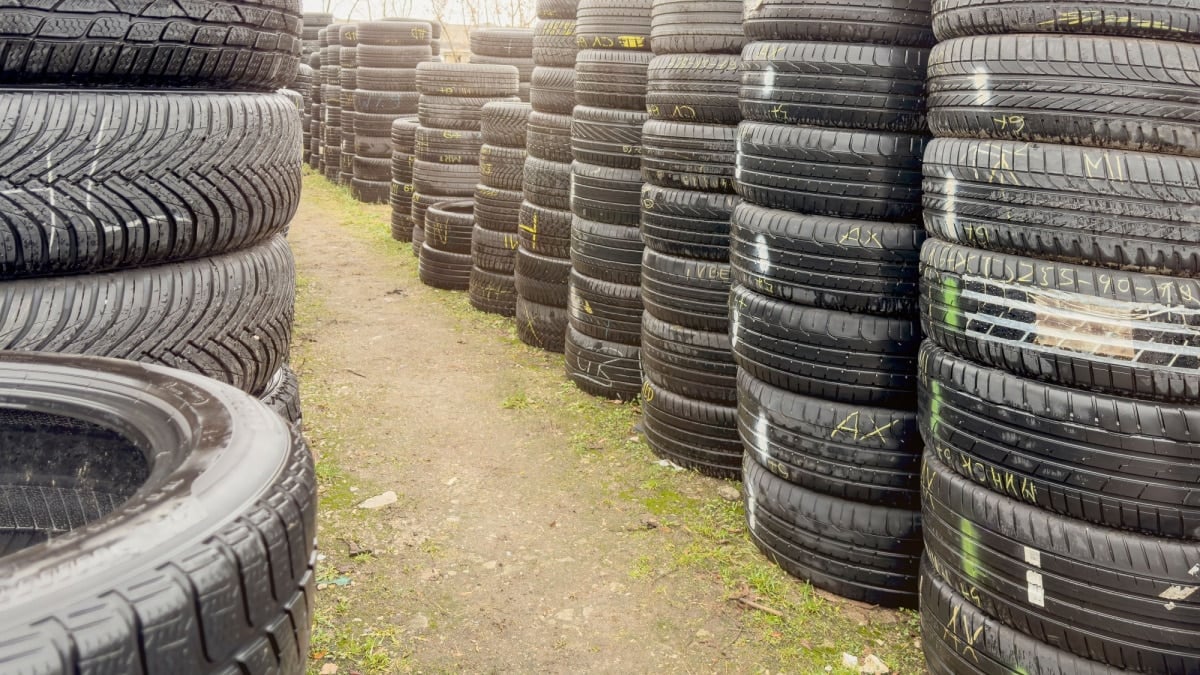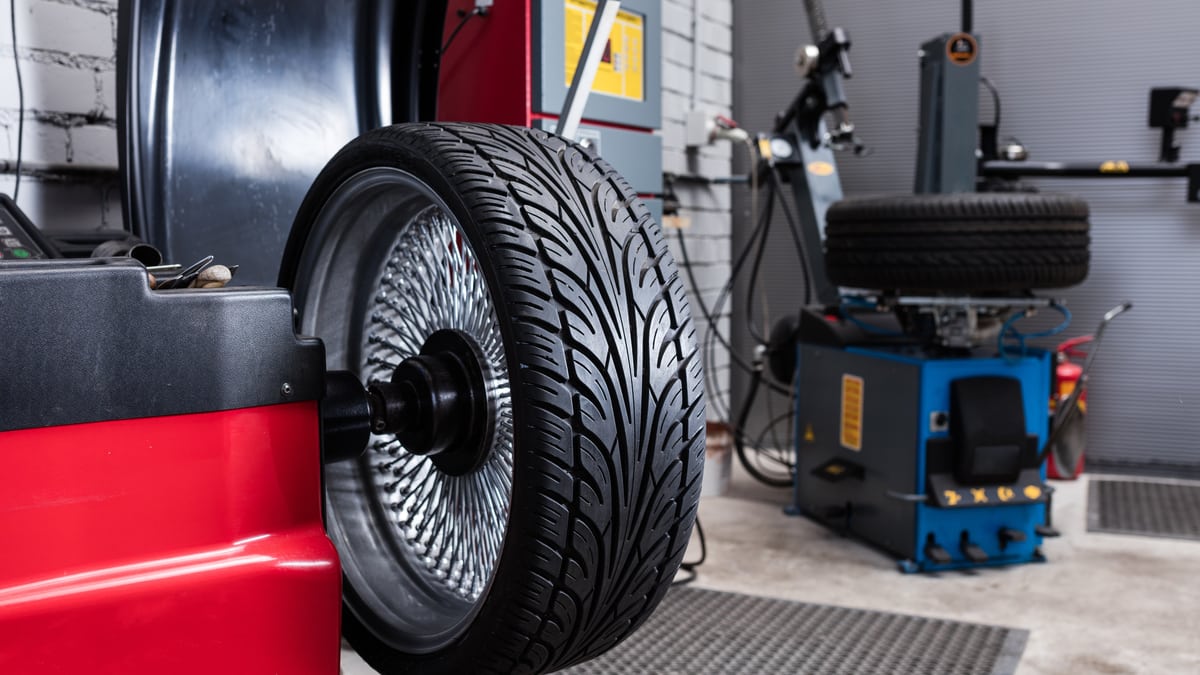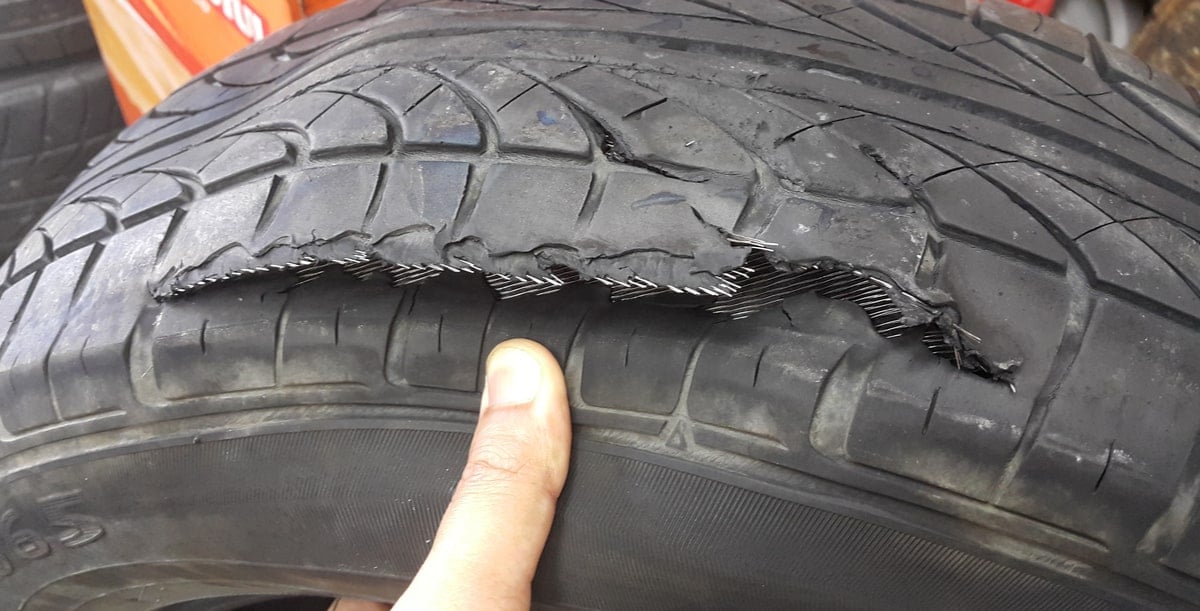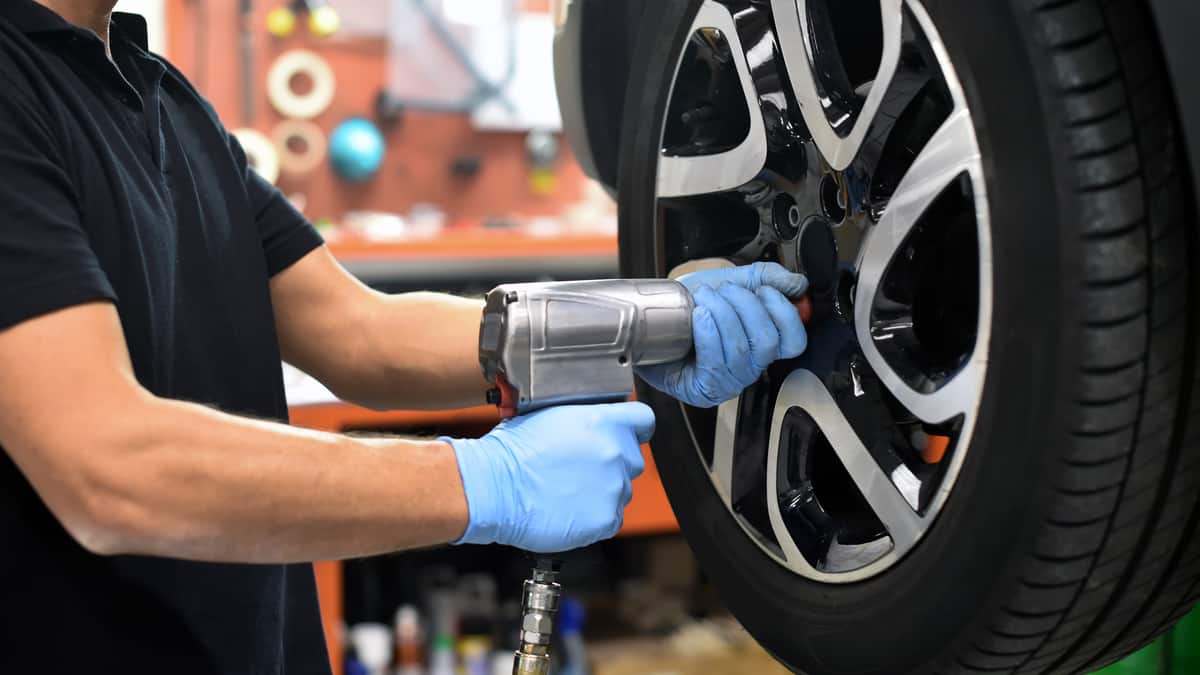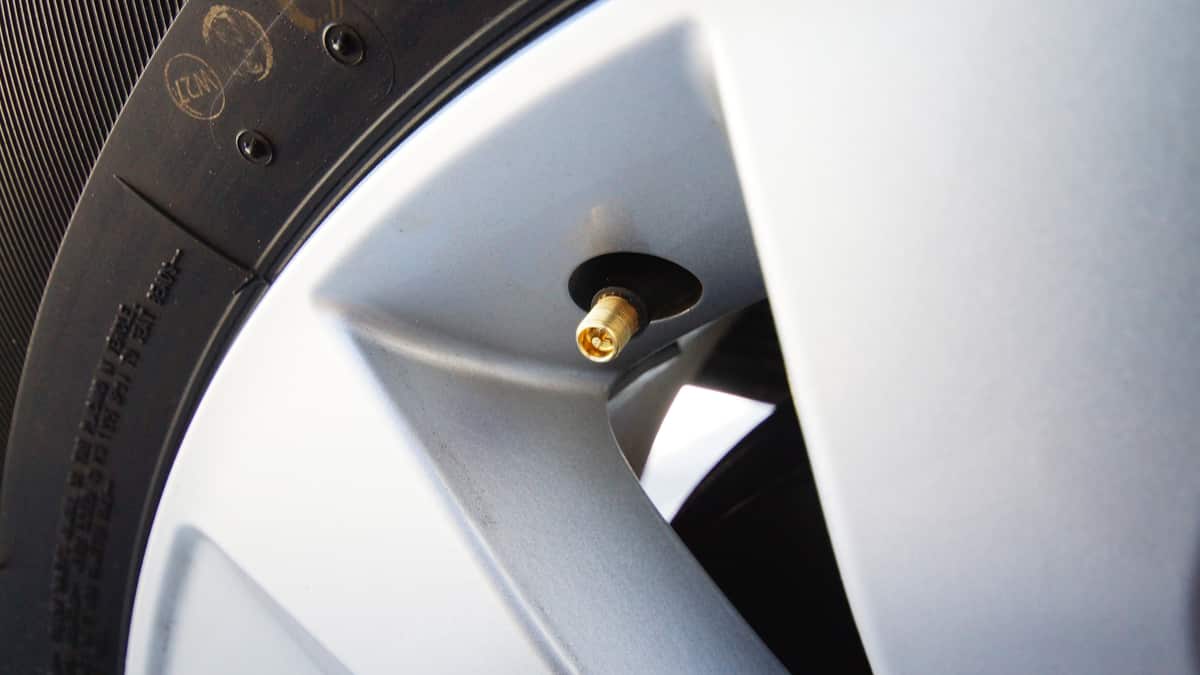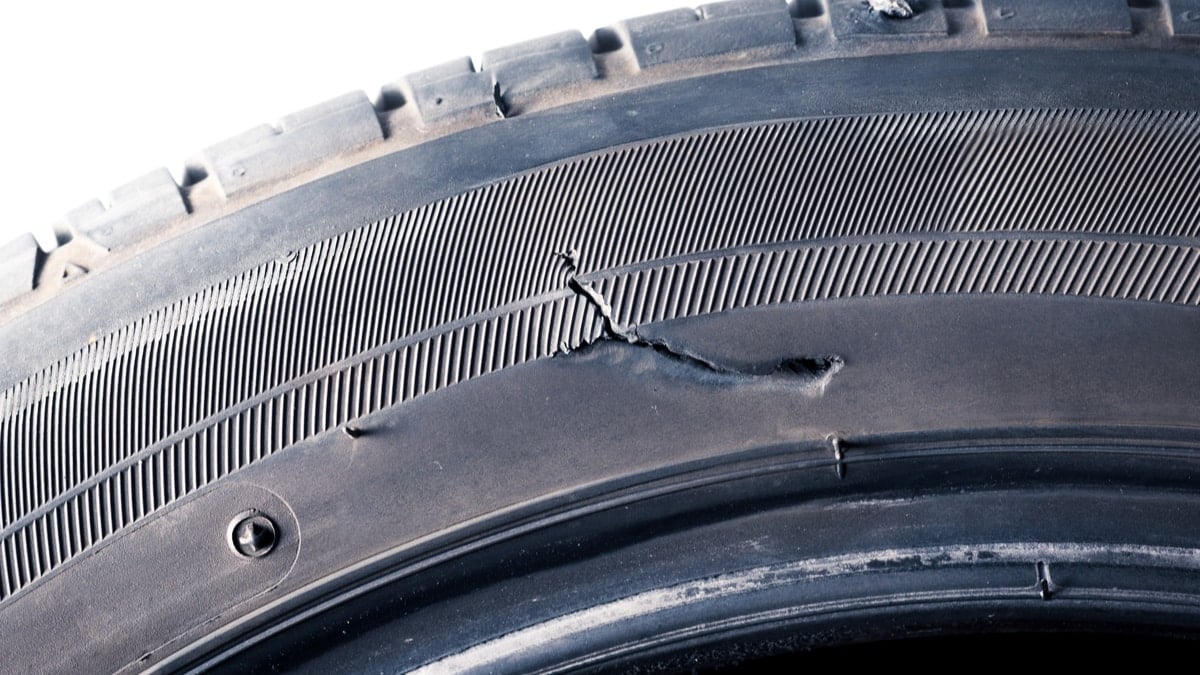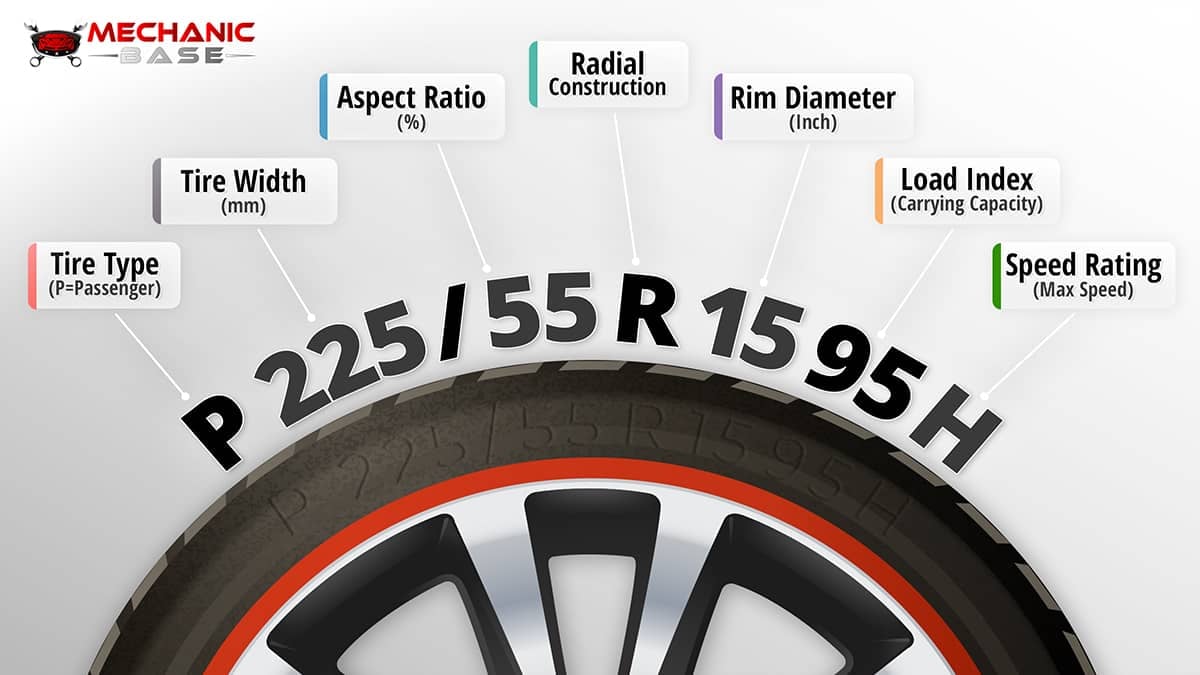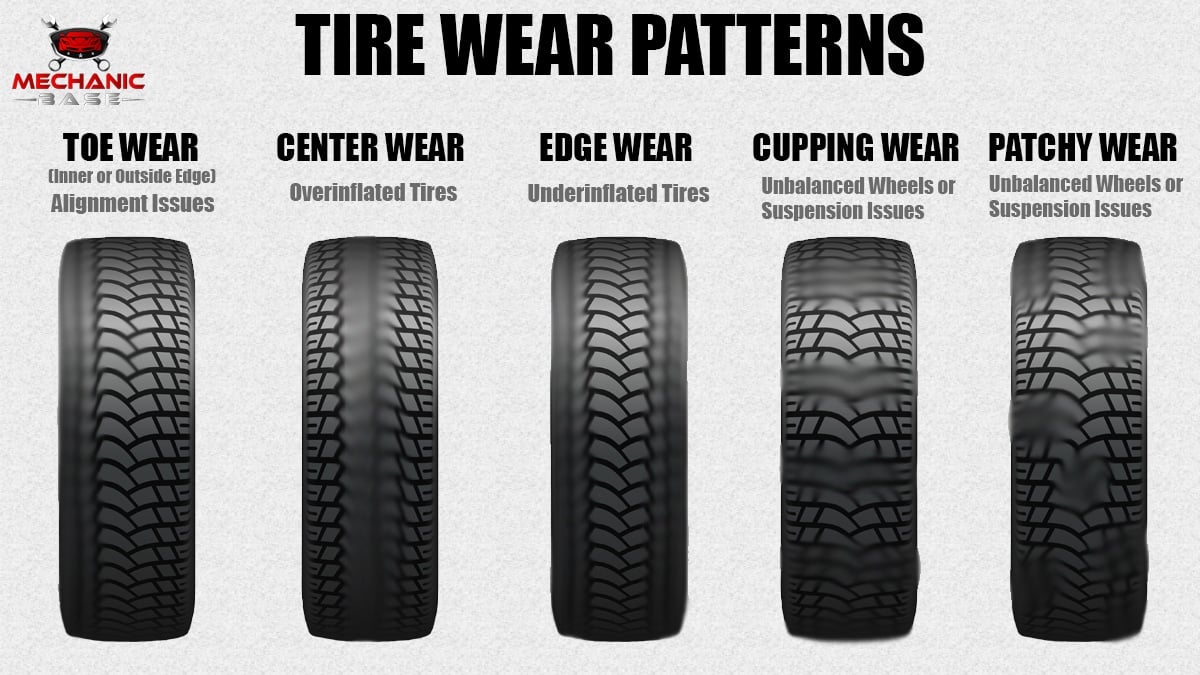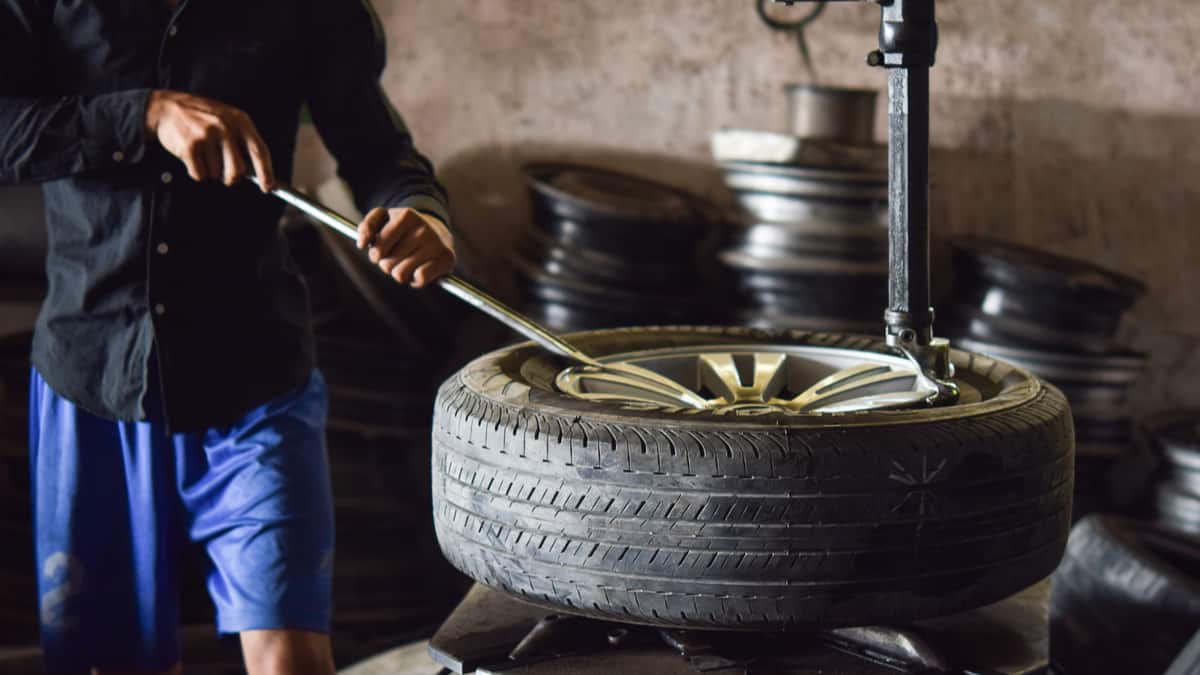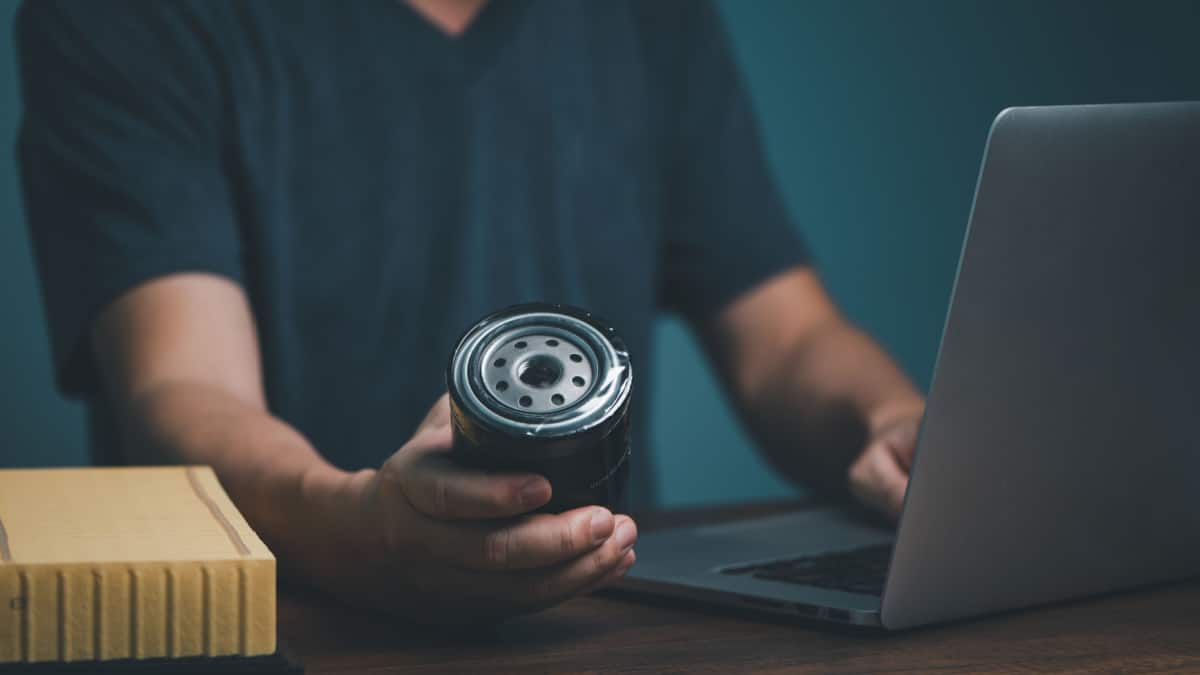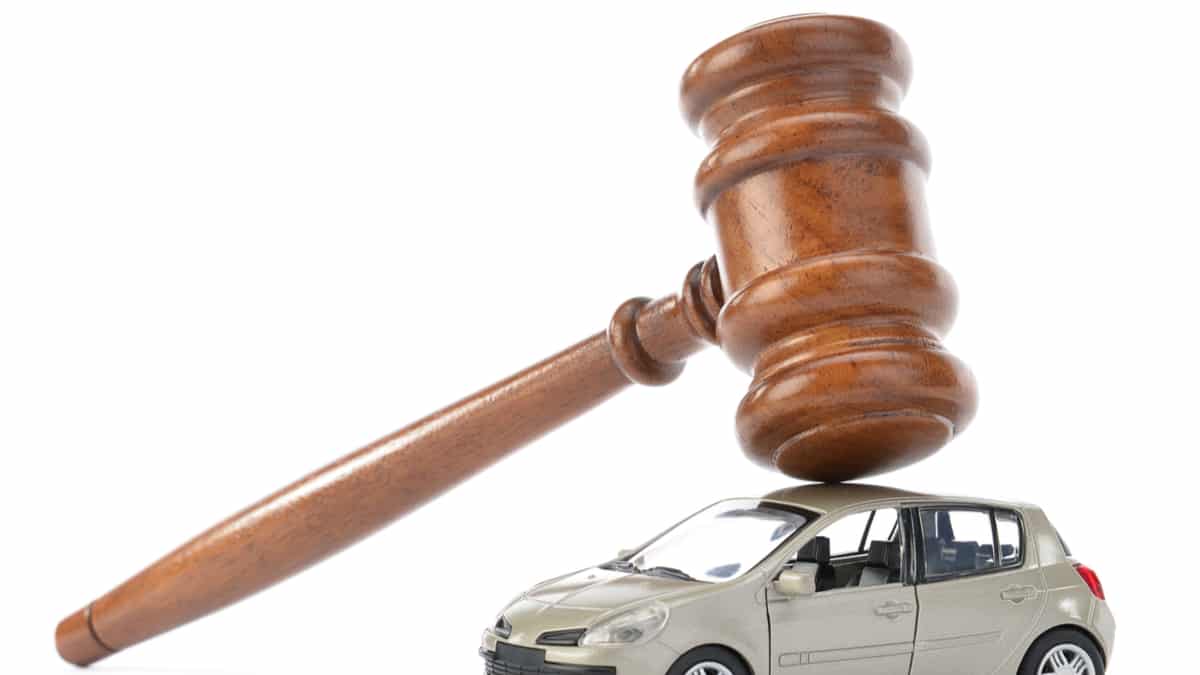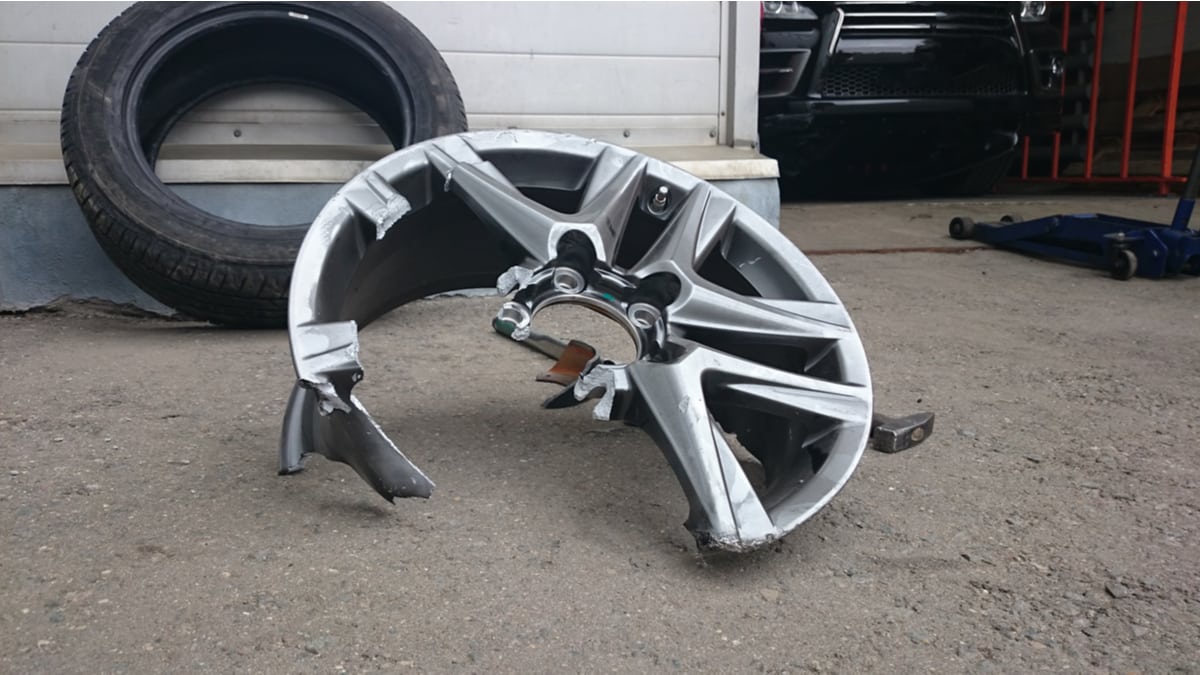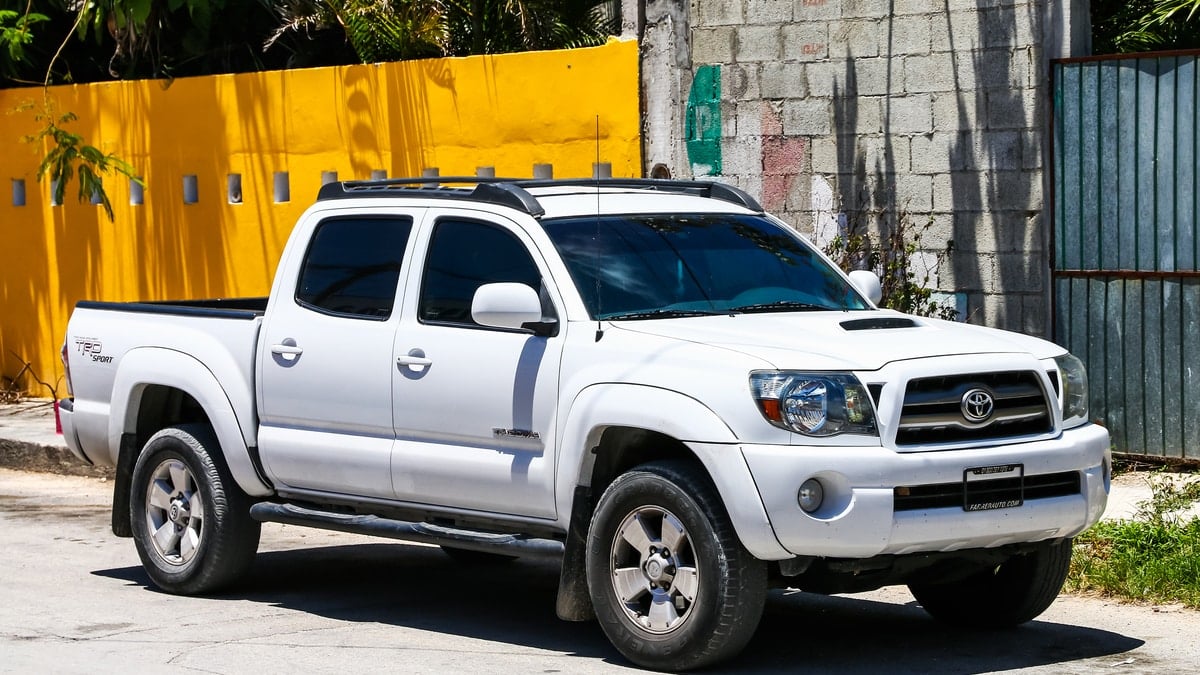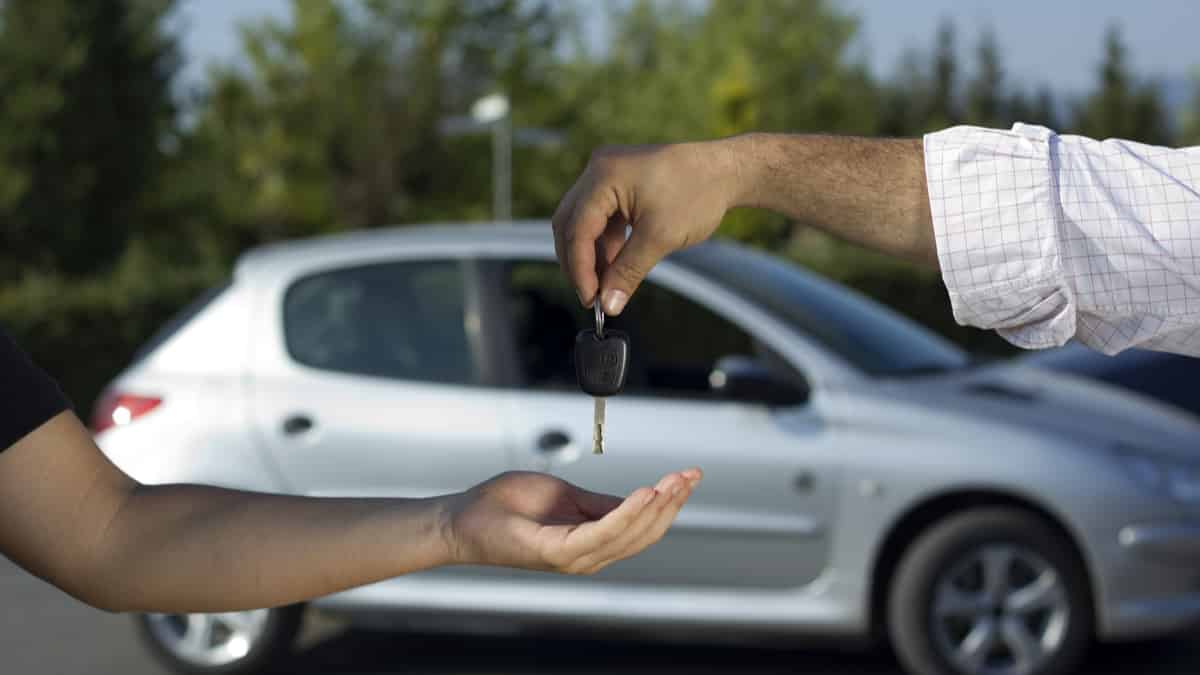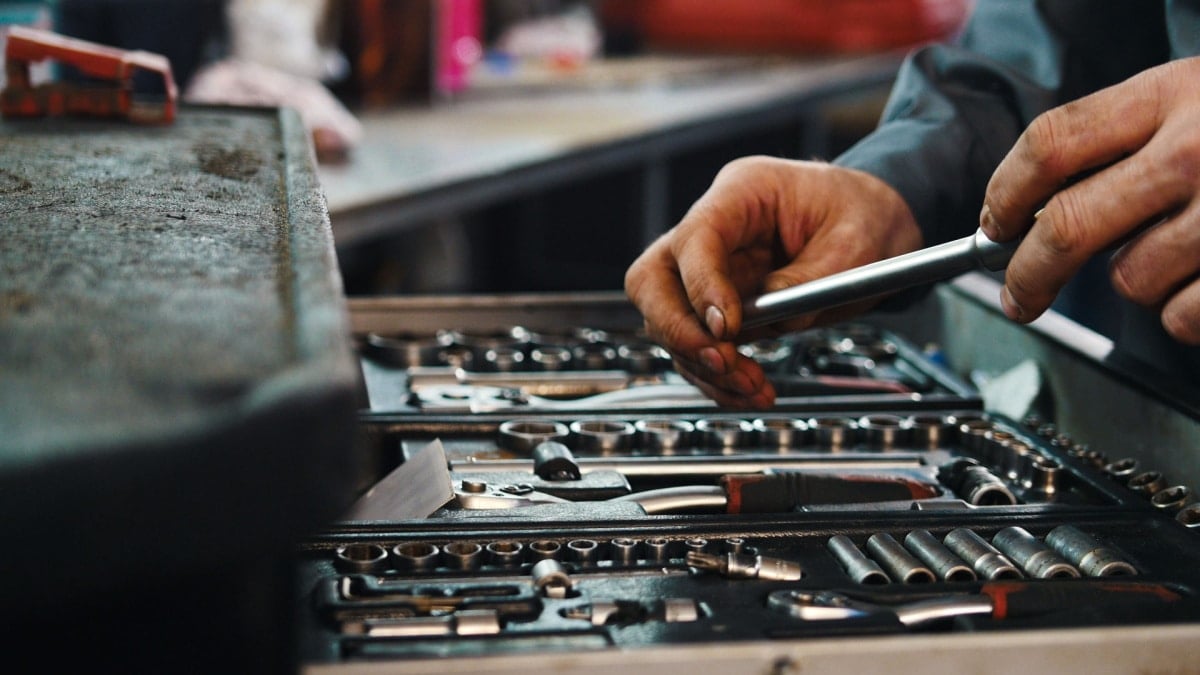You know it’s important to swap out the tires once the tread gets too low, but did you know you can buy used tires? Buying used tires can be a good option if you are short on cash, but there are several reasons why you may not want to.
To help you determine whether to buy used tires, we look at how safe they are. We also examine how much you can save, as well as give you the pros and cons. If you decide to buy used tires, you’ll appreciate our buying guide that leads you in the right direction. Finally, we answer a few of your top questions.
Is It Safe To Buy Used Tires?
It can be safe to buy used tires, but it depends. Some used tires have better tread and rubber quality than others. If the tread depth is at least 4/32” and there is no damage or cracks, the tires are probably perfectly safe. Otherwise, you don’t want to take a chance on buying used tires.
Once the tires get to 3/32” of tread depth or less, you need to replace them. Driving at this depth is dangerous, especially at highway speeds or across slippery surfaces.
Advantages Of Buying Used Tires
The main reason that people purchase used tires is to save money. How much can be saved depends on how much life is left in the tires and the condition of the rubber. Additionally, used tires are environmentally friendly, helping to keep the old rubber out of landfills.
Let’s examine these two advantages in depth.
1. Environmentally Friendly
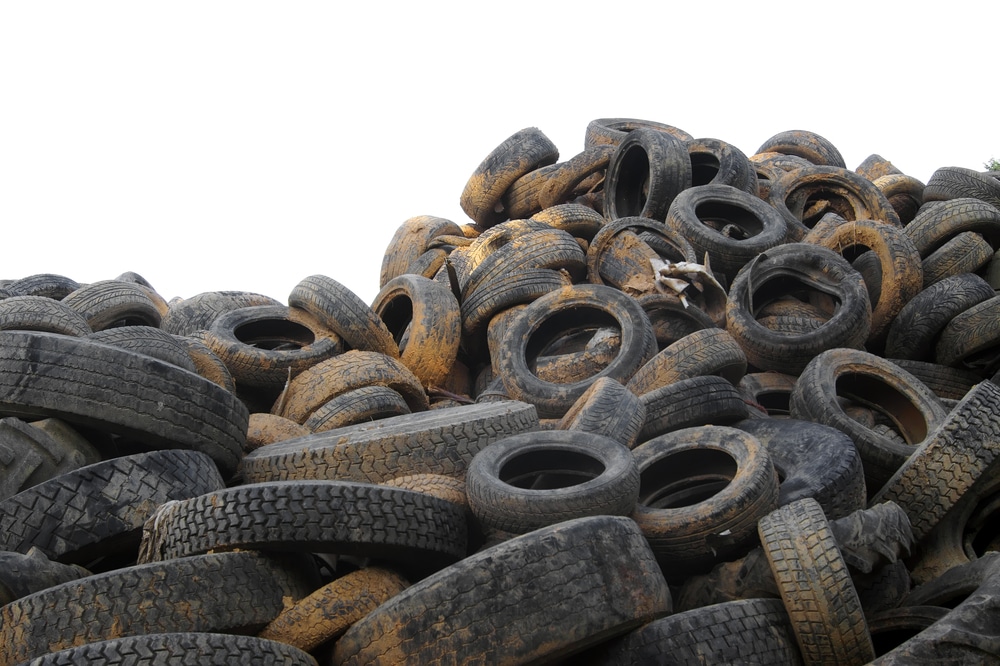
Each year, nearly forty million used tires become available. If these tires aren’t sold or used for other purposes, they will contribute to additional pollution of the environment. While there is a great demand for recycled rubber, it does cost money for the process.
While the rubber can be made into asphalt for the roads or running tracks, it’s much easier to put them on another car. Used tire dealers can take them off one car and use them again, thereby reducing pollution and avoiding any more production.
2. Lower Cost
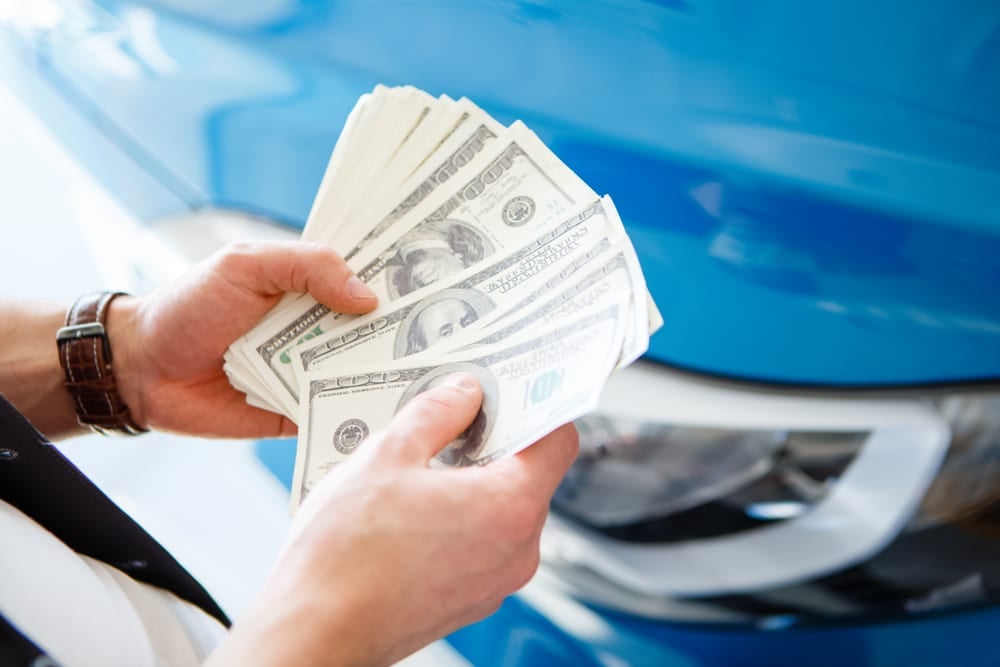
You will spend less to put used tires on your car than a new set. For example, you may purchase a used tire for $50, whereas a new one would cost around $200.
While this is less money upfront, it may not produce the best value. Taking the same example from above, think about its lifespan. A brand-new tire should last three to four years. If you pay half price, you would expect that tire to last 1.5 to two years, but that’s probably not the case.
You will probably pay more, in the long run, to keep putting used tires on the car because of the frequency. However, if you are in a pinch for money now, used tires are going to be a better option.
Disadvantages Of Buying Used Tires
The biggest downside to choosing used tires is the risk factor. There are also so many other unknown aspects that you may not exactly know what you are getting. Let’s see what this means for the average consumer.
1. Higher Risk Factor
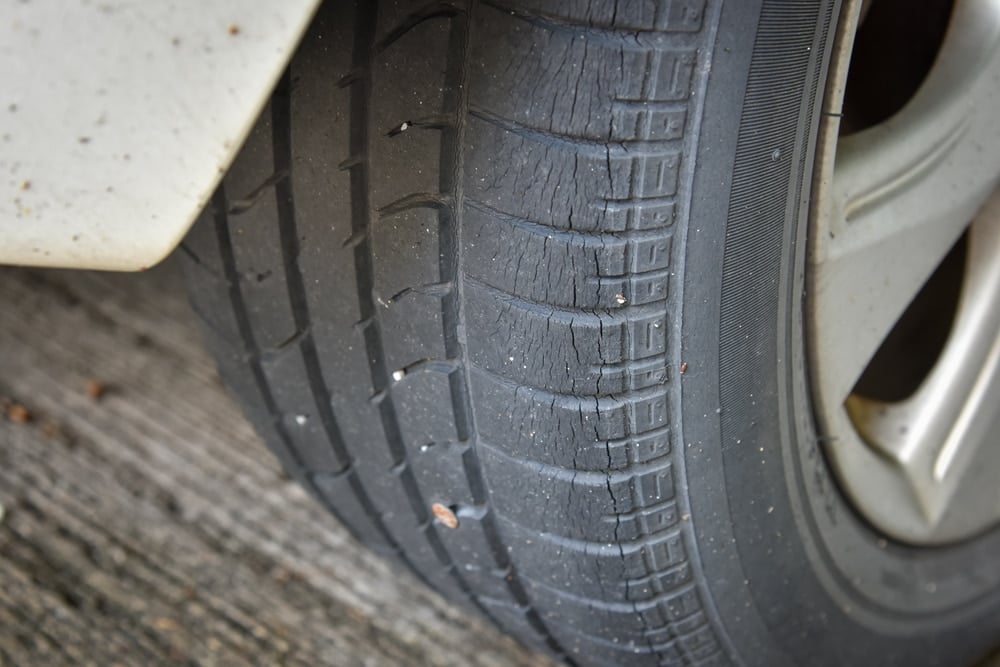
Your first consideration must always be safety, but used tires aren’t always safe. Older, worn-out tires are going to have less tread depth than a new tire. If the tread depth gets to be 3/32” or less, the tires could contribute to an accident.
Additionally, you need to look at the well-being of the tread and rubber quality. If there are chunks out of it or any damage, it doesn’t matter how much tread is left, the tires could be dangerous.
2. Unknown Aspects
A quick inspection can tell you a lot about the tire, but it may not reveal everything. First of all, you may not be immediately able to tell how old the tires are. If the tires are older than six years, there could be bead damage or dry rot you can’t see.
There are also no guidelines about buying used tires. The Federal Government has strict standards in place for new tires, but that’s not true if they’ve already been used. You don’t know how the tires have been used, if they were driven under-inflated or if the owners otherwise abused them. All of these unknowns can lead to a riskier venture.
Used Tires vs. New
When you buy new tires, you get a warranty. Usually, the tires are warrantied for construction, ensuring there are no manufacturer’s defects and the tread life. You know what to expect when it comes to how the tires handle and the steering comfort.
The opposite is true with used tires. You aren’t going to get a warranty and it’s unclear how they will handle. Of course, if you are tight on cash, used tires may be a better option. Additionally, if you have a leased vehicle that you are preparing to turn back in soon, you may not want to spend $600 on a set of tires. Instead, look for a decent pair of used tires and save some money.
Things To Check Before You Buy Used Tires
If you decide that you want used tires, here are a few things to consider first.
1. Age
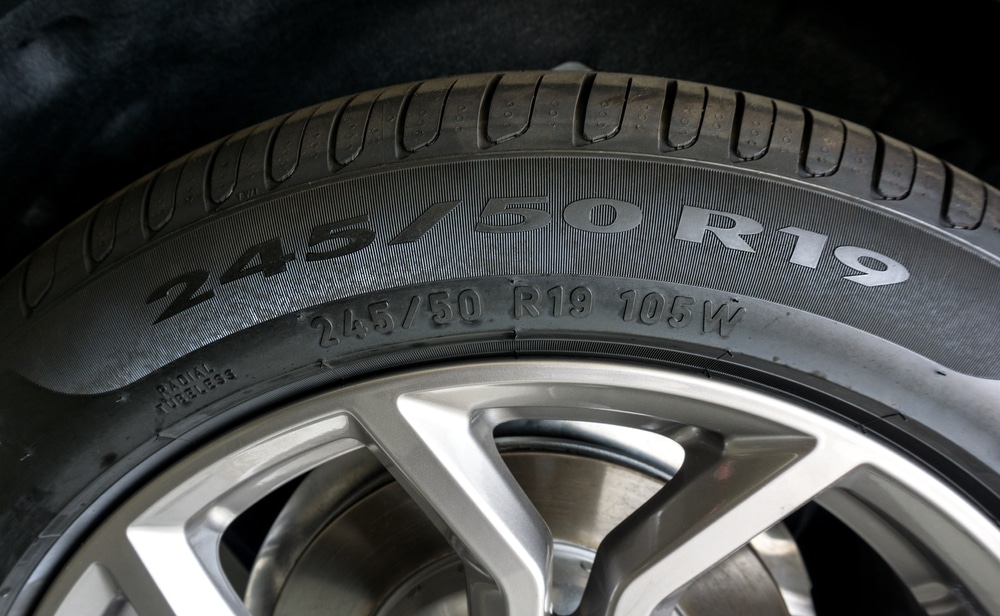
The tire’s age can be found on the sidewall. It is the final numbers following the DOT. The first two numbers indicate what week of the year it was produced. The final two numbers indicate the year.
For example, if you have a 3720, it means that the tire was made during the 37th week of 2020. Considering tires only have a life of about six years, you shouldn’t purchase anything that’s too old.
2. UTQG Code
The Uniform Tire Quality Grade Standards (UTQG) rating tells you how quickly the tire wears out. If this number is smaller, it’s going to wear out faster.
Therefore, if you find used tires with a UTQG rating of 100, these tires won’t last long. On the other hand, tires with a UTQG rating of 450 to 600 are designed to last much longer.
3. Tread Depth
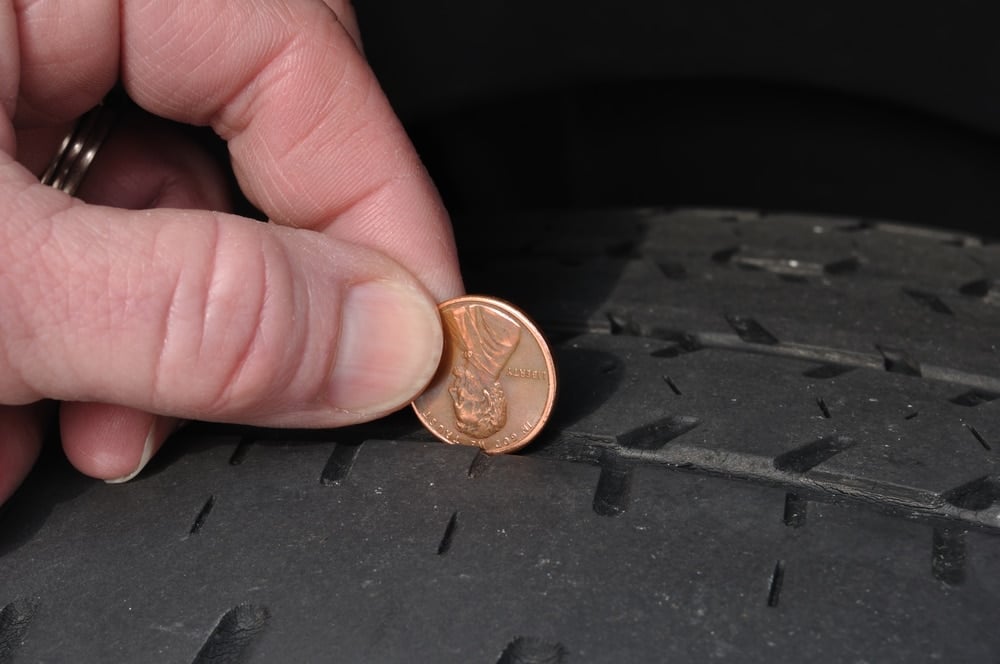
By performing a penny test on the tires, you can ensure that there’s plenty of tread left. Here’s how to perform a penny test.
- Put a penny into the tread grooves with Lincoln’s head down.
- If you see his head completely, the tires are too low.
- If you can’t see his head, there’s still life left in the tire.
Aside from using a penny, you can also check tread depth with a quarter. However, the best measurement is taken with a tread depth gauge tool.
4. Tire Wear
Inspect the tread for uneven wear. If the tire wear pattern seems odd, it could be that the tires were over or under-inflated, leading to additional damage.
You also want to examine the sidewalls and the beads. There should be no cracks, cuts or bulges in any part of the tire.
READ MORE: How to Read Tire Size – Tire Number Meanings Explained
Where To Buy Used Tires?
The most obvious place to purchase used tires is through a local tire dealer. If you already have a relationship with a dealer, you are sure to get your best deals this way. Plus, most repair shops will allow you to check the condition of the tire before buying them, giving you some piece of mind.
You may also find your used tires online through eBay, Craigslist, or Facebook Marketplace. However, the condition of the tires may not be immediately known and you are relying on the seller, to be honest.
Most big box stores aren’t going to sell used tires. These locations ship out the tires to be recycled instead. The same is true for Amazon. You can purchase new tires at this online giant, but not used tires.
Is it better to buy used tires or new tires?
It’s safer to buy new tires in most cases. Unless you can physically inspect the used tires and see that they are in good shape, you are at risk for an accident. However, used tires are much cheaper, which can be a good option if you need to save some cash.
How do you know if a used tire is good?
Perform a penny test to see if there’s still plenty of tread left on the tire. You also want to read the date code on the side to ensure that the tire is less than six years old. Furthermore, you must inspect the tire for damage, uneven wear or other signs of abuse.
How long are used tires good for?
Most tires start to deteriorate after six years, even if they haven’t been used heavily. For this reason, you want to check the date code on used tires to ensure they are newer than this. An inspection of the tire is also necessary to ensure it isn’t wearing out prematurely.
How much tread is good on a used tire?
You can continue driving with 4/32” of tread left on a tire. Anything lower than this should be replaced. Ideally, you would get a set of used tires with lots of tread left. The higher the tread measures, the more life you can expect to get from the tires.
Is it better to buy cheap or used tires?
There are risks with either option. Cheap tires aren’t going to last as long as a good set, but they will still come with a warranty against defects. You can buy a better set of used tires, but there’s no warranty and you won’t be entirely sure of its previous life. You must weigh the pros and the cons of both.
As professionals, we would rather see drivers spend a little more to get new tires just because it’s safer overall. However, we also understand how tight money can be, forcing you to purchase used tires instead.
If you must purchase used tires, please do your research first. By taking the time to examine the tires, you can save yourself from danger.
